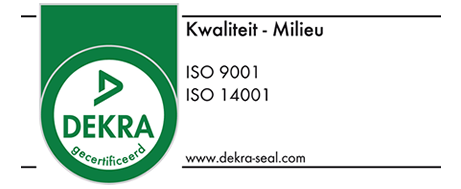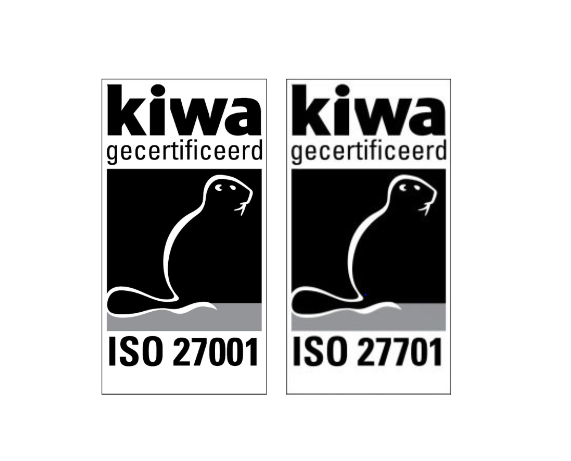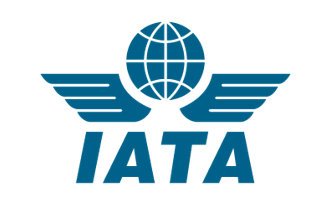How mature is your travel policy?
All business travelers are at risk when they travel, we are all too aware of that today. Every employer has a duty to ensure that business travelers are at the least possible risk. But how do you ensure this? It hinges on a mature travel policy.
“Travel managers are aware of the importance of successful risk management. Yet in practice, it often proves challenging to employ an effective policy, or travel risk management (TRM) strategy.”
The TRM includes measures taken to mitigate risks to travelers. We therefore recommend that, no matter how much or little your organization travels, you always pay attention to a risk management strategy. This way you will never be faced with unpleasant surprises.
What does a travel risk management strategy consist of?
The interpretation of a travel risk management strategy is different for every organization. It is tailored to what is important for your organization. Risks are of course an important part of this, but also consider procedures and protocols that apply to international business travel. It is recommended that the following issues are at least included in the strategy:
- Legislation
State in the strategy which legislation is applicable and therefore which obligations your organization has when it comes to duty of care.
- Risks
Indicate the risks involved in international business travel and then determine how you will deal with them. These include: health and medical risks, security risks, psychological and individual risks, financial risks and reputation. How do you deal with this? Careful information provision is more important than ever, from the time of booking to just before departure, exhaustive information is essential. What information do you need to check and what are the right sources? Munckhof advises including this process in the strategy.
- Procedures
The core of the travel risk management strategy is to identify the procedures and protocols that apply to international business travel. This is also called a travel policy. It contains all the guidelines that travel arrangers and travelers must adhere to when traveling on business. Think about working with preferred suppliers, what (safety) requirements a hotel and airline company must meet, how insurance and vaccinations are arranged, where someone can go in emergencies, etc.
- Incident management
What should you do if an incident occurs during a business trip? Your risk management strategy will indicate which steps need to be taken, for example: the monitoring of the safety situation, tracking and locating of travelers, 24/7 support, evacuation plans.
How do I offer my organization security through a risk management strategy?
Everyone within the organization needs certainty when it comes to risk management. A theoretical framework is therefore one thing, but acting upon it is another. Communication is essential. Involve everyone who has to deal with business travel in order to draw up the strategy, which will generate commitment and confidence in the plan. For example, a travel arranger wants to know how to make responsible choices and a traveler wants to know where he stands.
Also, always involve the knowledge and experience of a travel management company in this process. They have in-house knowledge and have a lot of experience with other organizations. In addition, Munckhof offers systems that are useful in the practical implementation of the strategy. Working with a TMC can provide just that extra bit of security.
Would you like to receive accessible professional advice about your travel policy? Then take our Travel Safety Assessment free of charge. This will give you an insight into the maturity of your travel program in terms of Health, Risk and Safety. Based on the results, you will know exactly which areas you can improve.
Contact our employees for the Travel Safety Assessment.







